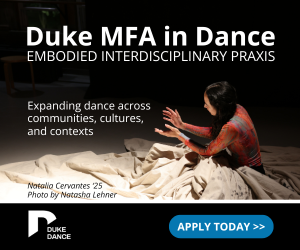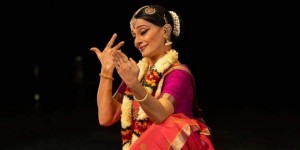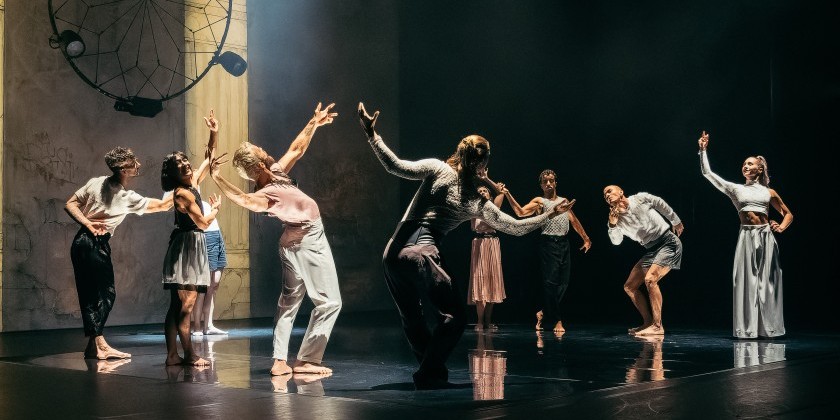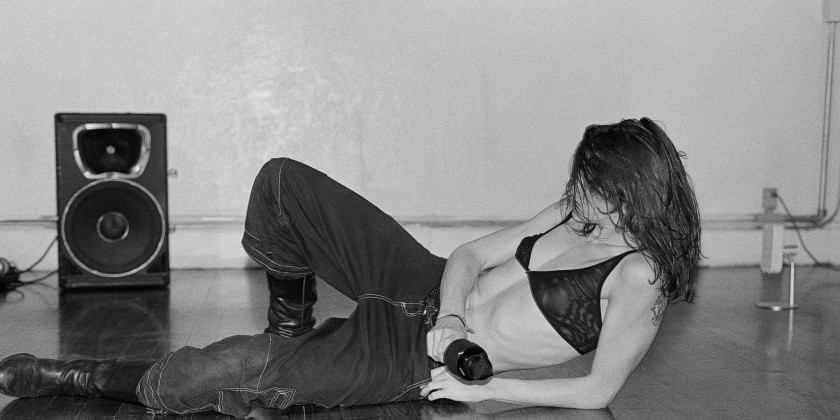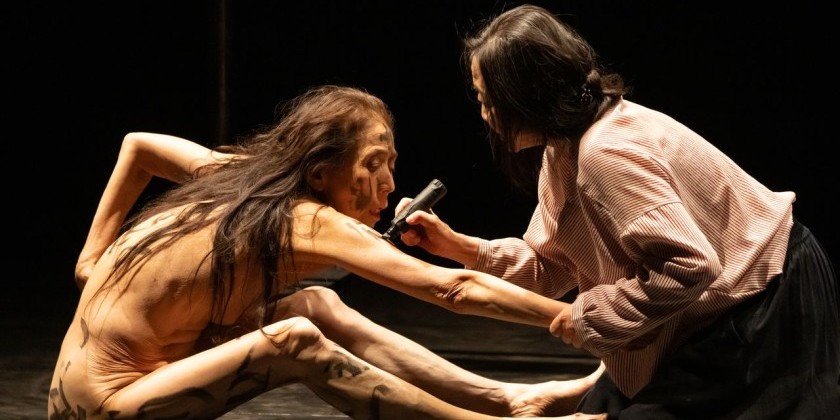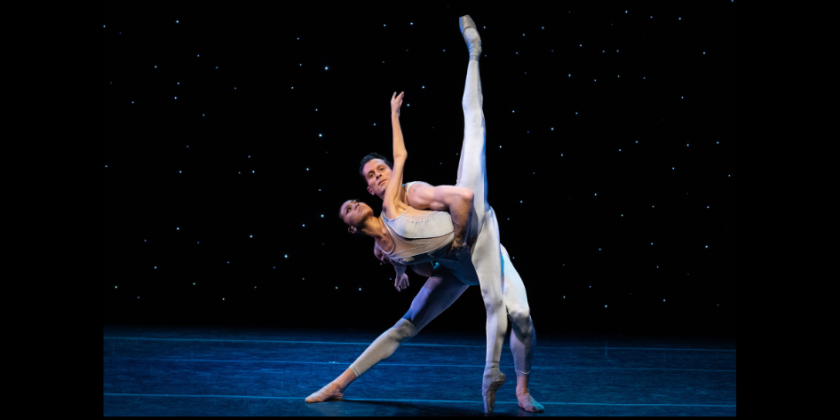IMPRESSIONS: Priyadarsini Govind & The Erasing Borders Dance Festival
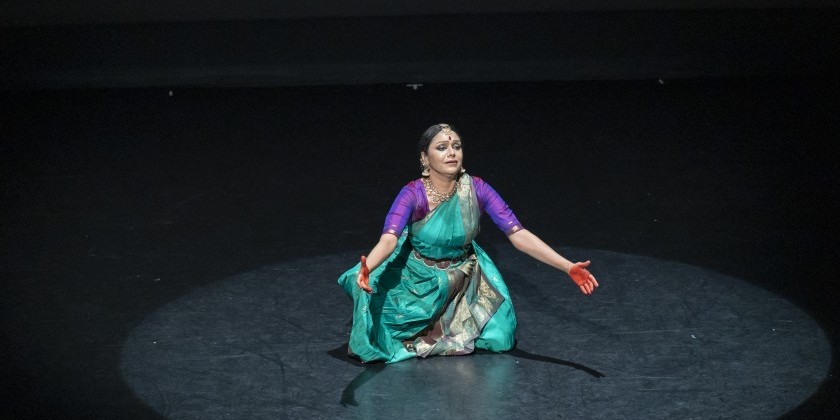
Presented by the Indo-American Arts Council
Festival director: Deepsikha Chatterjee
Dance Curators: Deepsikha Chatterjee, Uttara Asha Coorlawala, Sruthi Mohan, Jin Won, Preya Patel, Srinidhi Raghavan, and Dipashreya Sur
The Erasing Borders Dance Festival shines a light on the world of Indian dance, introducing celebrated artists from the motherland and bringing others less well known from the far corners of the diaspora. This year, the annual event sponsored by the Indo-American Arts Council was held September 20-21, at the Ailey Citigroup Theater. Before it began, however, the glamorous Priyadarsini Govind, a Bharatanatyam star from Chennai, presented a fascinating lecture-demonstration at the New York Public Library for the Performing Arts, offering insights into her technique, and regaling viewers with her exquisite artistry. This event was the fourth annual Dr. Sunil Kothari lecture, named for the late Indian dance critic and scholar.
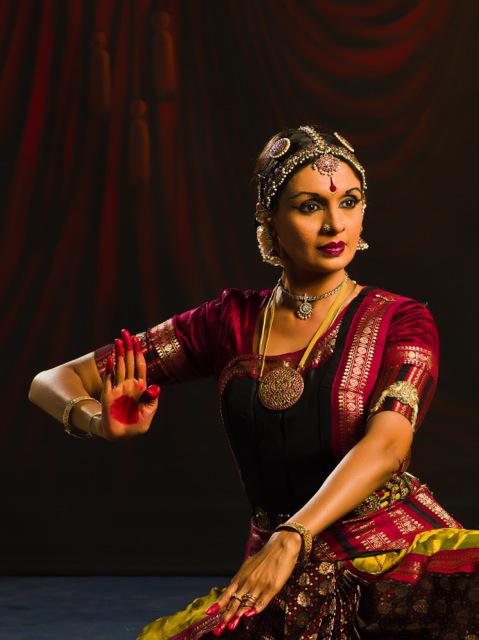
In her lecture, September 18, at the Bruno Walter Auditorium, Govind discussed her specialty, abhinaya, the art of telling stories with facial expressions, gestures, and bodily plastique. India’s theater gurus have devoted centuries to studying this subject. Refuting the idea that dance is purely physical, Govind emphasized the role of the mind in preparing to create characters and dramatic situations. Through mental discipline, the dancer evokes specific emotions, from love and compassion to rage and laughter. Govind demonstrated the Bharatanatyam dancer’s rigorous training, which involves exercises for the eyes and hands, set to mnemonic verses, and specified in a millennial treatise known as the Abhinaya Darpana. As illustration, she showed how a single, flat-handed gesture with the thumb bent (“pataka”) can evoke clouds, rivers, a woman’s breasts, and the dark of night.
Surprisingly, this codified system allows for creative freedom, and results in acting of terrific spontaneity and naturalness. While a single dancer must play multiple roles, switching genders and portraying animals, gods, and humans, as well as conjuring the illusion of a physical setting, the Bharatanatyam dancer typically achieves complete suspension of disbelief.
Passing from exercises to repertoire, Govind performed scenes of a romantic, comic, or devotional nature. She became the goddess Parvati, whose reactions as she contemplates her divine consort, Shiva, describe his wondrous attributes. Using gestures to give herself fox ears, and a crow’s beak, Govind recounted a children’s fable. She portrayed a woman scornfully dismissing a worthless lover, who has failed to deliver on his promises; and another woman eagerly receiving her lover in secret.
Perhaps most startling, however, was the final scene depicting a private conversation between Radha and Krishna,following a night of rapturous love-making. Resting against the body of the invisible Krishna, her own limbs draped so that we fancy we can see the outline of his powerful chest, Radha awakes drowsily. In the ensuing “dialog,” Radha demands of Krishna that he restore her beauty, repairing her amorous dishevelment. What matter most are not the descriptive details: the vermilion scratches Radha points to on her body, or her smudged eye-makeup. What matters is the intensity of the dancer’s focus, and her complete absorption in the scene. Her mental energy projects an atmosphere of profound intimacy over the space, so we comprehend this woman’s lassitude, her passions temporarily spent, and we believe in the unguarded frankness of this morning-after conversation. Passing instantaneously from one character to the other, Govind also shows us Krishna’s earnest attentions to Radha; and from our odd, fly-on-the-wall position in the audience, we bask in their afterglow. We see Govind before us, yet through the mysteries of her art we experience reality and luxurious fantasy intertwined.
The following Saturday, at the Erasing Borders Festival, Priyadarsini Govind expands upon her triumph at the New York Public Library. Here we encounter the celebrated Bharatanatyam dancer in a tribute to Devi, the Mother-goddess, quietly cupping her hands and pouring out an offering, melting with tenderness and then blazing with anger, and later caught up in ecstatic spins. No matter how much energy she expends, Govind’s dancing always possesses an absolute clarity of line and gesture, sculpting the space around her and revealing its geometry. Stamping the floor, she lays out the rhythmic framework for her dancing.
Though she performs several items, perhaps her greatest exhibition of mastery comes in two dramatic scenes that feature contrasting characters. In the first, Govind becomes Ravana, the demon-king of Lanka, who is overcome with grief as he contemplates his downfall, and the disaster that has resulted from his ill-fated love for Sita. In this scene embroidering on the epic Ramayana, the dancer interprets the lyrics of a poet who imagines that each of Ravana’s ten heads expresses a different emotion. This poetic conceit is clearly meant to challenge the dancer’s virtuosity, but, fortunately, though Govind possesses only one head, she may wear an infinite variety of masks. Transforming her slender figure into a hulk, with muscular shoulders and a stiff swagger, she proceeds to undercut the demon’s powerful image by charting his emotional disintegration. Ravana rushes toward the object of his desire and then retreats in fear; broken with longing he stands amazed at his own impotence; he is horrified, and finally his massive frame shakes with weeping. This is tragedy on the grand scale, and we might be on the moors with Lear, or in Jocasta's bedroom.
How different is Govind’s appearance, when she returns to the theme of the adulterous wife seeing her husband off at the gate, and then welcoming her lover through a back door. Feigning wifely affection, she wraps a bundle for her husband, and waves goodbye with a tender, but glassy smile. The hypocrite even wipes away a non-existent tear. Squinting, she follows the traveler into the distance with her gaze. Then, assured that he is safely out of view, she frolics with joy. Bursting with excitement, she rushes to admit her lover, and, when he seems reluctant to enter, she hastily overcomes his fears, drawing him indoors with a gesture that shows us his weight. Turning, she indicates the passage of the moon through the sky, simultaneously basking in the moonlight. When the sun rises, her hands tell us, the lovers must separate. Leading her paramour into the recesses of the stage, she turns to him eyes brimming with desire, while her body hesitates displaying momentary caution. This exceptionally delicate, compound image sums up the situation. Phenomenal!

While nothing else at the Erasing Borders Festival approaches these heights, the two successive evenings offer many pleasures. Among the diaspora artists, featured soloists include the Odissi dancer Trina Sarkar, her sinuous poses filled with vital energy; Kuchipudi soloist Pranamya Suri, rising from the ground like a living flame to battle a host of enemies; and Kathak specialist Ravija Desai, who plucks flowers to adorn herself for an absent lover, and then twists violently in a fit of sudden despair.
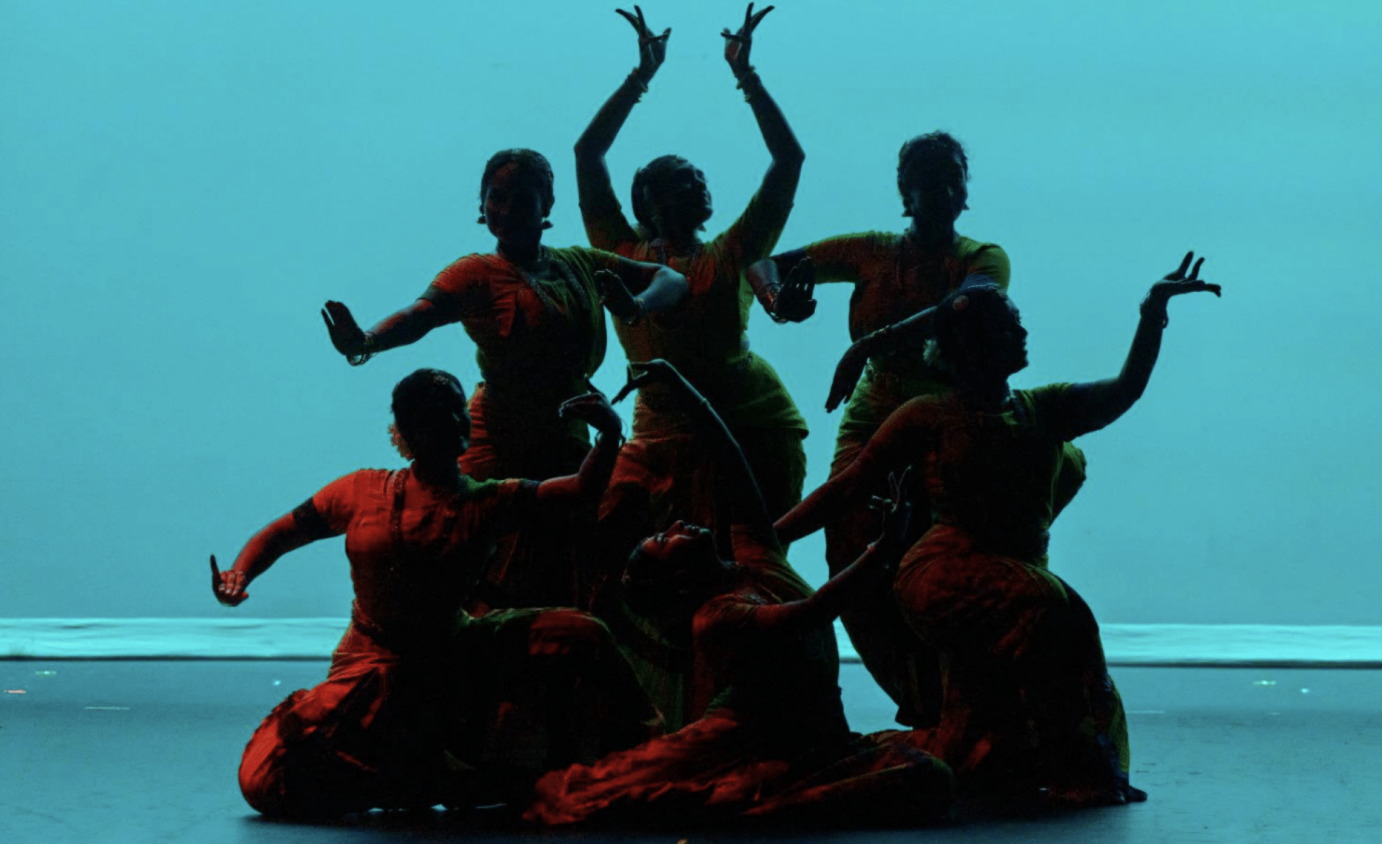
The Kalanidhi Kuchipudi ensemble from Washington, D.C. perform Tandava, an item filled with dynamic contrasts, passing from meditative stillness to high speed, the dancers’ gestures crisply defined as they dart and sway from side to side in symmetrical patterns. Invoking Krishna, the Odissi Dance Company of Dr. Aparupa Chatterjee offer a series of graceful and alluring tableaux, as Krishna’s acolytes fall under the spell of his flute, are transported by the music, and kneel adoringly at his feet.

Invoking the River, performed by the Chitresh Das Dance Company, produces a dreamlike atmosphere, with Kathak dancers who gradually drift apart and lose themselves in spinning “chakkars.” A dramatic vignette, however, anchors this piece. Soloist Mayuka Sarukkai awakes to find herself fearfully imprisoned, but gathering her inner strength breaks through into the light — perhaps a metaphor for the soul’s journey. By way of contrast, the Rovaco Dance Company/Rohan Bhargava offers a contemporary number, Madaari (The Monkey Master), alluding to the plight of a captive monkey in a dance of struggles and embraces, grimaces and biting.
Crowning the performance on Sunday was the appearance of Rama Vaidyanathan and her daughters, dancer Dakshina Vaidyanathan Baghel and percussionist Sannidhi Vaidyanathan on mridangam. These artists from Delhi use Bharatanatyam as a vehicle to address social issues and elevate the status of women, taking the ancient forms and giving them contemporary relevance. Evoking the power of the goddess Durga, their dancing possesses a full-bodied vigor and attack, and the inspirational stories they go on to tell celebrate women like themselves, who display physical and moral courage.
These heroines include a Sikh woman who, in 1704, exhorted a dispirited army and led them to martyrdom; Dakshina Vaidyanathan portrays the battle as a storm of rhythm filled with dizzying leaps. In another tale, we meet the 13th-century religious poet Janabai, who defied social conventions by uncovering herself and boldly declaring her love for the Hindu deity Vitthala. Finally, mother and daughter join forces to illustrate a tale of female solidarity. Their characters, the ordinary Hindu woman Phoola and the Muslim Gulabo, have the usual occupations and concern with feeding their families; their valor consists in overcoming religious and national barriers to assist each other.
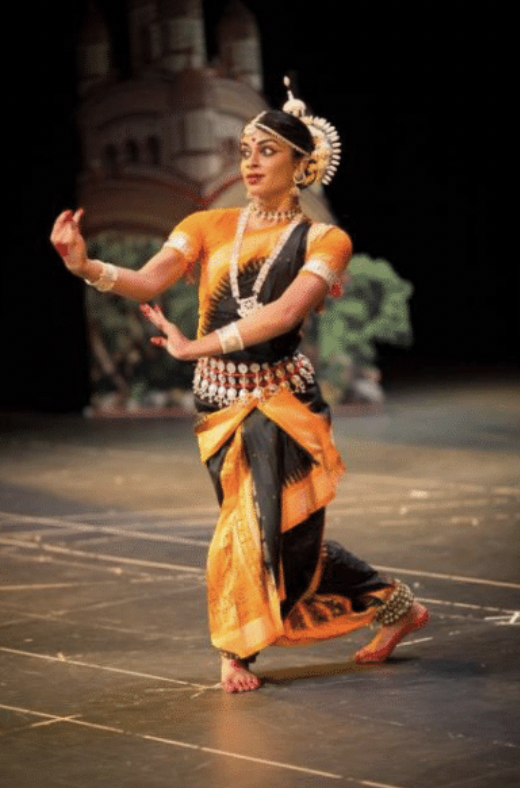
Emerging from the theater onto a New York street bustling with familiar sights and sounds, India seems far away. Yet for a couple of hours, the Erasing Borders Festival has taken us there.




